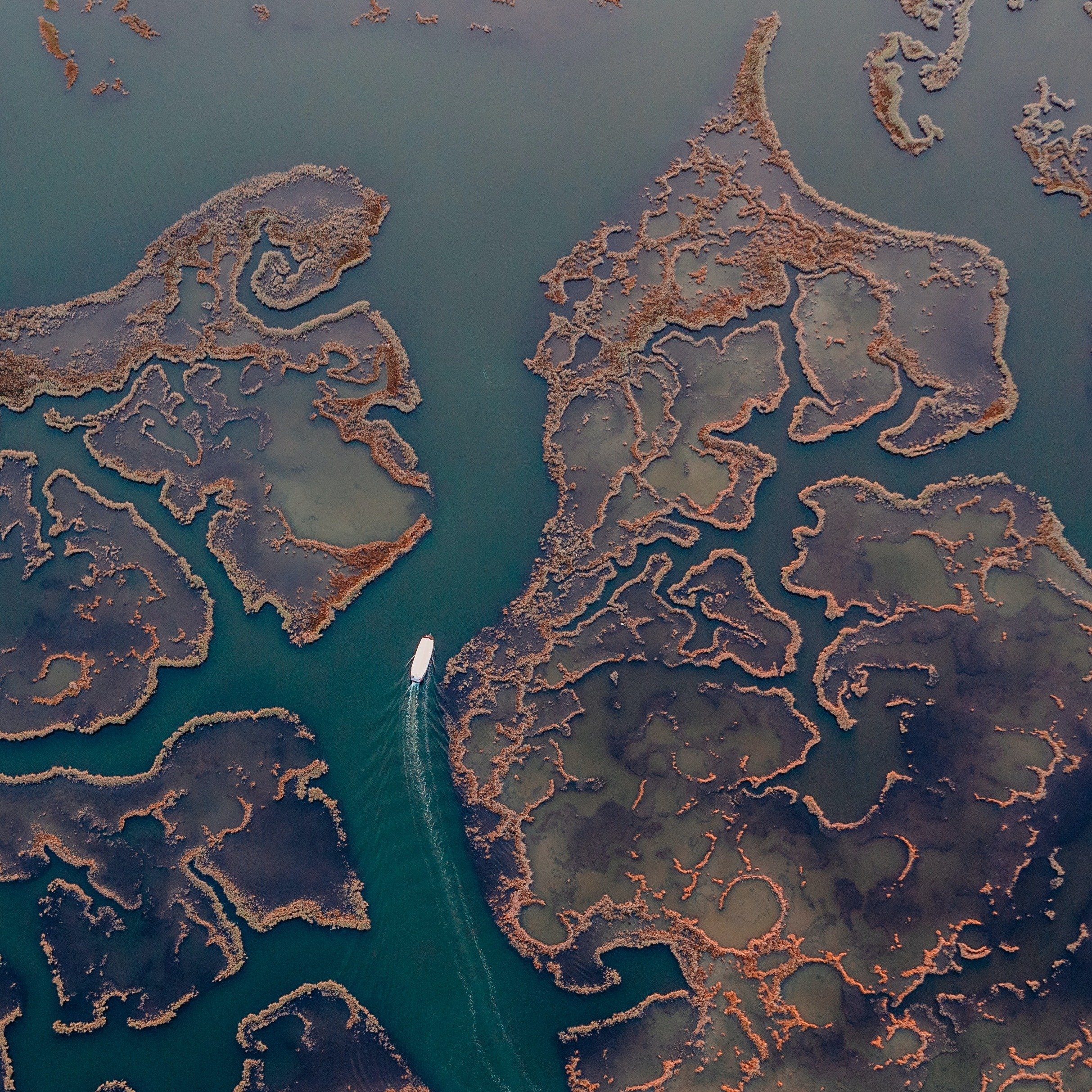HOW TO PREPARE FOR A BOATING TRIP
Going on a boat adventure is a fantastic way to enjoy spending time on the water with friends and family, while getting plenty of vitamin D. As a beginner or novice boater, it’s important to understand that preparation makes the difference between a fun and relaxed boating trip, and an unpleasant one.
CHECK THE MARINE WEATHER FORECAST
The first step is looking at the forecast. You may have a general idea of where you’d like to go and what you’d like to do, but the weather will always be the main deciding factor. If it’s too windy, you can’t go out. If the tidal current is strong near your destination, you need to arrive at slack tide. So check the forecast before making any firm plans.
Look at the tide times, wind speed and direction, swell height and period, and more. The more details you can find out, the better plan you will make.
MAKE A PLAN
Plans don’t always work out on boats and you may have to adjust yours multiple times on a longer trip. However, having one is crucial. Consider the information you found in the marine weather forecast and come up with route A, B, and C. Look at the charts carefully to make sure you always have enough water under your hull.
If the wind picks up, where can you seek refuge? Can your engine easily motor against the forecasted wind speed? You need to plan for rougher conditions than forecast and emergencies.
When you invite people to come along for the ride, make sure you don’t overload the vessel. Only invite a few friends at a time, so you can keep numbers under control. You can always invite more people once some have said they can’t make it.
MAKE SURE YOU KNOW THE COLREGS
If you feel like you’re a little rusty on your COLREGs, go back to look at them. It’s crucial that you know what other boaters expect of you on the water, so you don’t accidentally cause a collision or capsize. It’s normal to forget the rules after the off season, so there’s no shame in doing a quick revision.
If you need a quick refresher of the essential COLREGs, head here.
PACK WISELY
You may start the boat intending to stay out for an hour or two, but plans change and things happen. Maybe there’s a stronger current than you anticipated, or the wind picks up. Pack wisely - plan for the unexpected.
We recommend carrying:
Water
A wide-brimmed hat
Reef-safe sunscreen
Sunglasses
Lip balm
Food
Waterproofs
A warm layer.
For safety, you should also take:
Life jackets for all crew members
A fog horn
EPIRB
The first aid kit
A flashlight
A VHF radio
Seasickness pills
A waterproof torch
A hand-held GPS unit
A grab bag.
Don’t forget to bring important documents, such as your license and boat registration with you.
CREATE AND SHARE A FLOAT PLAN
Before you get to the dock, take a few minutes to compile and share a float plan with a friend or family member. So if anything goes wrong, they can alert the rescue services.
This is just a quick summary of your plan and should include at least:
Name and description of your boat, including size and colour
Number of people on board
Phone numbers for all crew members
Origin
Time of departure
Destination
Expected time of arrival
Planned route.
CHECK THE VESSEL AND GEAR
Get to the dock a little earlier than everyone else and take the time to inspect your boat and equipment. Doing this alone will allow you to focus on the task, so you won’t forget anything.
Have a good look at the hull to search for any cracks or damage. Try the bilges and engine. Inspect your safety gear, such as life jackets and EPIRB. Make sure you have enough fuel (gas) in the tank.
BRIEF THE CREW
Once the crew arrives, make sure to brief them and explain how they should behave on board. Give them all tasks, if you can, so they can feel involved. This may sound boring, but it’s very important that people know what to do in case anything goes wrong.
Preparing for a boating trip requires a little planning and thought, but it’s what will make your adventure more fun on the day. A safer boat trip is a much more enjoyable one.



